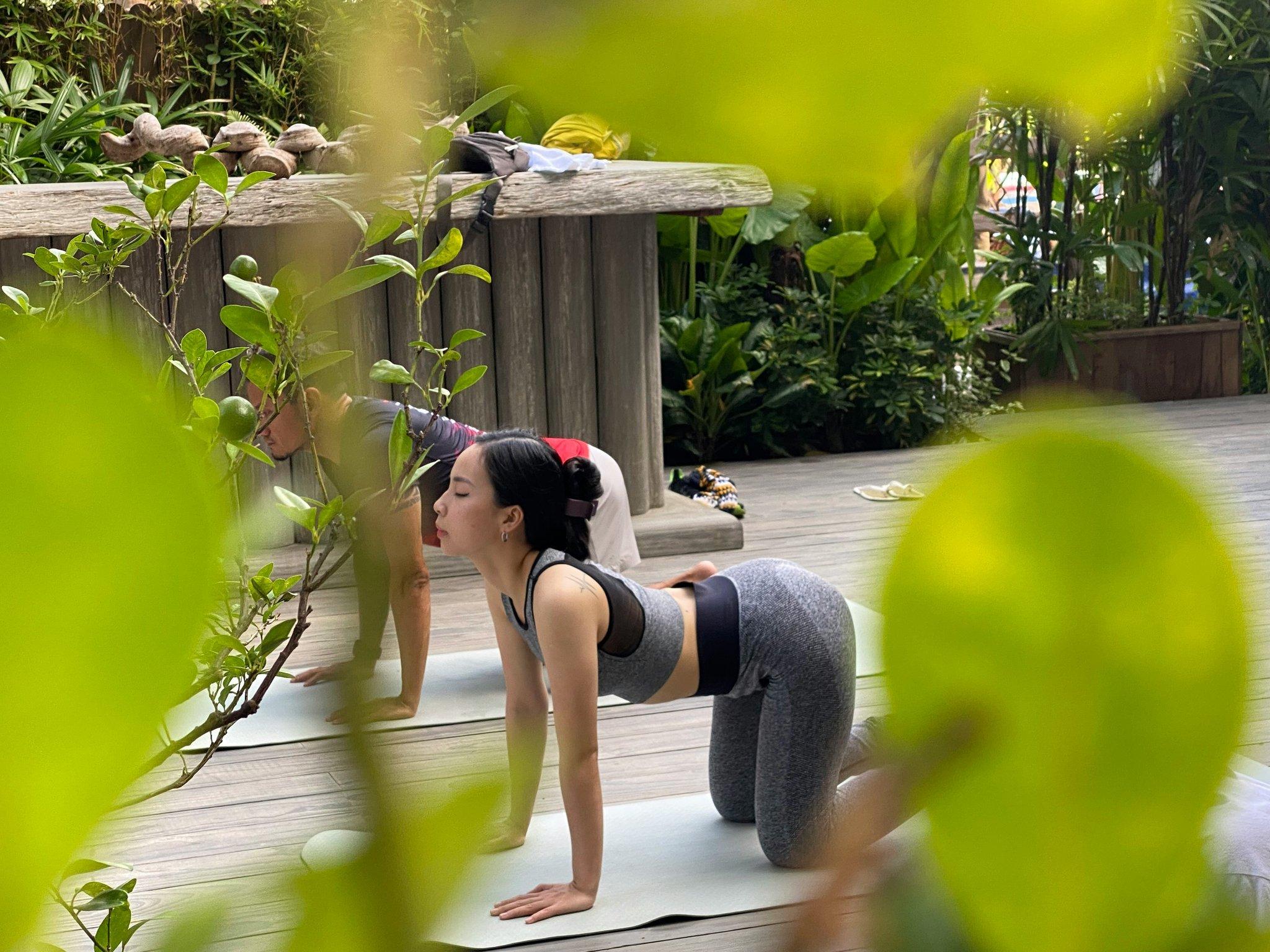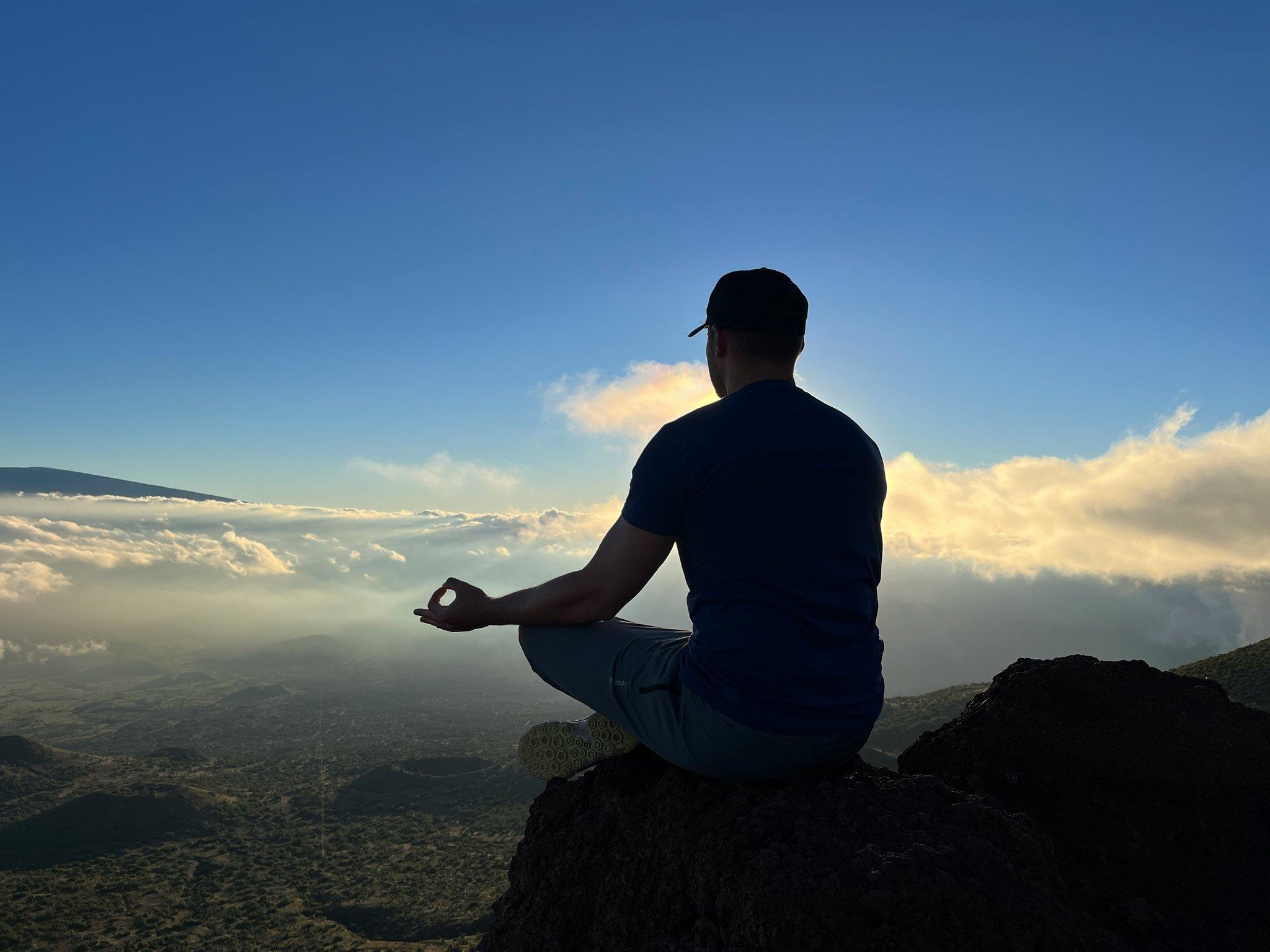Ever found yourself mindlessly scrolling through Instagram while waiting for your coffee? Or zoning out during a conversation because you’re too busy thinking about what’s next? Welcome to the club. The truth is, our brains are wired to multitask—but at what cost? Spoiler alert: It’s not sustainable.
In this post, we’ll explore how spontaneous mindfulness, with the help of apps like Buddhify, can transform those mundane moments into opportunities for clarity and connection. You’ll learn why it matters, how to practice it, and even a terrible tip guaranteed to make you roll your eyes (but hey, honesty is key). Ready? Let’s dive in.
Table of Contents
- What Is Spontaneous Mindfulness?
- Step-by-Step Guide to Practicing Spontaneous Mindfulness
- Tips to Make It Stick
- Real-Life Success Stories Using Buddhify
- FAQs About Spontaneous Mindfulness
Key Takeaways
- Spontaneous mindfulness helps you stay present without needing hours of meditation.
- Buddhify offers guided meditations tailored for everyday situations.
- You don’t need fancy gear or rituals—just awareness and intention.
- Sometimes the best way to start is by failing spectacularly.
What Is Spontaneous Mindfulness?
Imagine brushing your teeth and suddenly realizing you’ve been fully focused on the sensation of bristles against enamel instead of mentally drafting tomorrow’s grocery list. That’s spontaneous mindfulness—an unplanned moment where you’re completely immersed in the now.
Why should you care? Studies show that mindfulness reduces stress, improves focus, and boosts emotional resilience. But let’s face it—not all of us have time for hour-long yoga sessions or silent retreats. Enter Buddhify, the app designed to integrate mindfulness seamlessly into daily life. Whether you’re stuck in traffic or folding laundry, Buddhify has a meditation for that.

Figure 1: Benefits of incorporating spontaneous mindfulness into daily routines.
Step-by-Step Guide to Practicing Spontaneous Mindfulness
Step 1: Identifying Your Triggers
Optimist You: “Let’s turn every boring task into a mindful ritual!”
Grumpy You: “Ugh, fine—but only if there’s coffee nearby.”
The first step is recognizing when autopilot kicks in. For me, it was standing in line at the DMV. I used to dread it, but then I tried mindful breathing while staring at the fluorescent lights. Sounds weird? Sure. Did it work? Absolutely.
Step 2: Downloading Buddhify
If spontaneity isn’t naturally your thing, Buddhify will nudge you along. Their bite-sized meditations are categorized by activity (e.g., walking, working) and situation (e.g., stressed, overwhelmed). Just pick one that fits your mood.
Step 3: Start Small
Commit to practicing mindful awareness during one routine activity per day—for example, washing dishes. Focus on the water temperature, the smell of soap, the sound of clinking plates. No judgment, no multitasking.

Figure 2: Practicing mindfulness while doing chores.
Tips to Make It Stick
- Anchor it to existing habits. Tie mindfulness exercises to things you already do, like drinking water or checking email.
- Use sensory cues. Pay attention to smells, sounds, and textures around you—it’s harder to zone out when you’re actively engaged.
- Embrace imperfection. Yes, sometimes you’ll forget entirely. Keep going anyway.
Terrrible Tip: Try forcing yourself to be mindful every single second of every single day. Trust me—your brain will rebel faster than teens rejecting parental advice.
Rant Section: Stop Overcomplicating Everything!
Hear me out: People spend so much energy chasing the “perfect meditation setup” that they forget mindfulness is supposed to simplify their lives. Forget scented candles or Himalayan salt lamps. All you really need is… presence. So stop overthinking and just *be* already!
Real-Life Success Stories Using Buddhify
Meet Sarah, a marketing exec who swears by Buddhify after her morning commute turned from soul-crushing to soul-soothing. By using the app’s travel meditations, she transformed her drive into an opportunity for gratitude reflection. Another user, Jake, reported reduced anxiety levels after sticking to the app’s pre-bedtime sessions for two weeks straight.

Figure 3: Real users sharing how Buddhify improved their well-being.
FAQs About Spontaneous Mindfulness
Is spontaneous mindfulness better than traditional meditation?
Not necessarily—it’s just different! Traditional meditation often requires dedicated time, whereas spontaneous mindfulness happens in real-time as part of your daily activities.
Can anyone use Buddhify?
Absolutely! It’s beginner-friendly and caters to various lifestyles. Plus, the app walks you through everything, so no experience needed.
Do I have to pay for Buddhify?
While the full version comes with a fee, the free trial period is packed with enough content to get you started.
Conclusion
Spontaneous mindfulness might sound intimidating, but it’s simply about finding joy in small moments and staying grounded amidst chaos. With tools like Buddhify and consistent effort, you can cultivate presence wherever you go. Remember, perfection is overrated—start messy, grow steadily.
And here’s a cheesy haiku to wrap this up:
Mindful sips of tea
Pause, breathe, live right now—ahh.
Like Tamagotchis, mindfulness needs regular love.
Cheers to living fully, one moment at a time!


